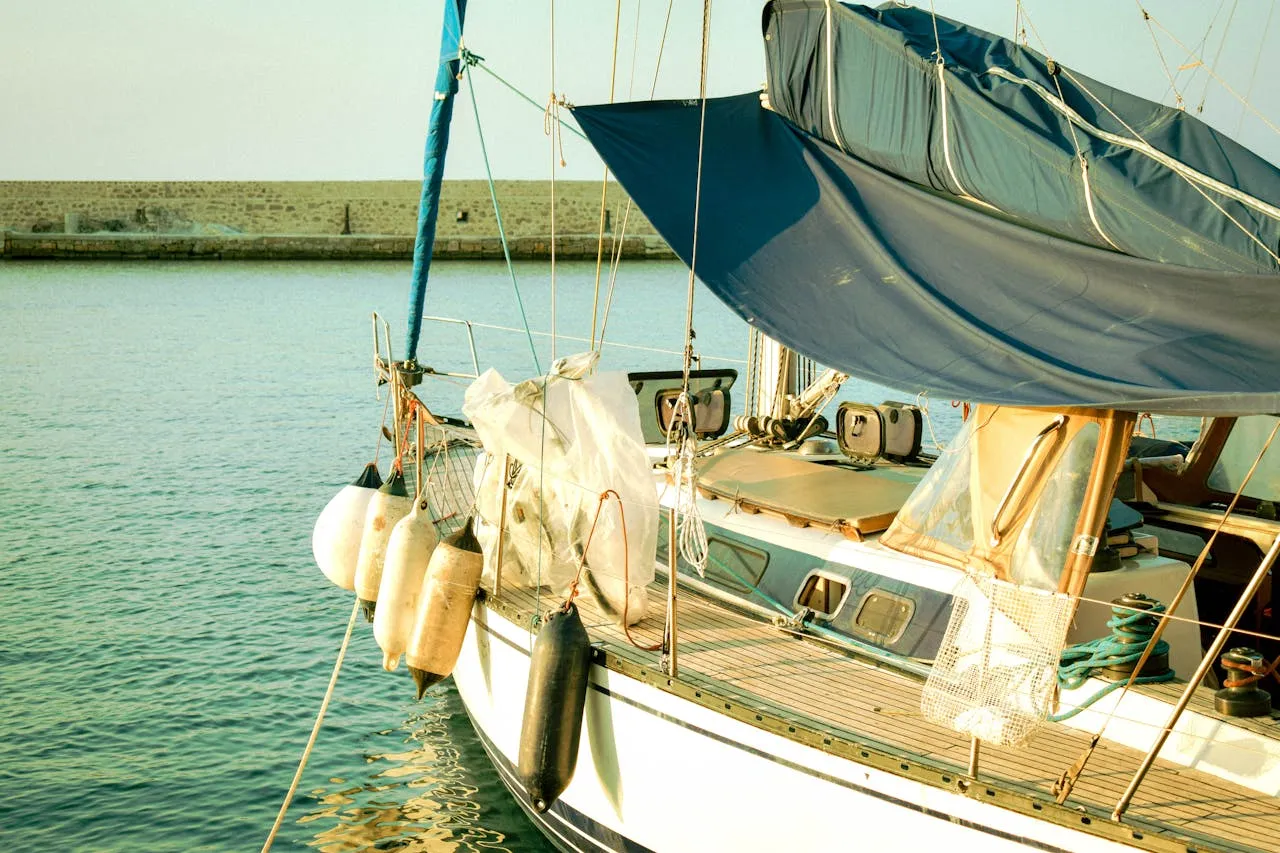29 July 2025
What's a Gunwale on a Yacht?
When dealing with clients or providing services to boat owners, there is one word that is often mentioned but often overlooked - kerb. Many experienced skippers know their yachts like the back of their hand and are familiar with every detail of the hull, and the “gunwale” is one of those critical structural components that is not often noticed by the uninitiated. Its existence is not only related to the safety and functionality of the yacht, but also an important part of the hull design. Today, we'll talk about ‘What's a gunwale on a yacht?’ and why it's so important in maintenance, use and maintenance of a yacht.

What's a Gunwale on a Yacht?
Simply put, the gunwale is the structural part of a yacht's hull at its uppermost edge, where the deck meets the sides of the boat. It is usually flat in shape and forms the ‘upper frame’ of the hull, which is not only of structural significance, but also carries a number of practical functions.
In use, the gunwale is often used as a temporary platform, for example, to fix fishing rods, and even some people step on it and hold it when docking or getting on and off the boat. Especially in windy and rough sea conditions, the gunwale of the gangway can also become a ‘safety belt’ for the crew to hold on to. It is an edge structure, but also an auxiliary component to ensure the safety of the crew's activities.
The gunwale, it was originally derived from the words ‘gun’ and ‘wale’. As early as the 15th century, the term ‘gunwale’ was used to refer to the platform on which guns were mounted on a ship, and has since evolved to become part of the edge of the deck on modern vessels. Although today's yachts are no longer equipped with guns, this historical trace has survived and has become a term of art for hull construction.
Why is the Gangway Integral to Yacht Maintenance?
As an important part of the upper edge of the hull, the gunwale is inevitably subjected to various external forces such as wind, sun, impact and wear during use. Therefore, routine maintenance is particularly important.
Boat owners are advised to rinse the gunwale regularly with marine cleaner and fresh water to prevent the risk of corrosion caused by salt accumulation. It is also important to carefully check for any cracks, chips or looseness, and any damage should be repaired in a timely manner to avoid further affecting the hull structure.
What Safety Matters Should I Be Aware of When Using a Gunwale?
Many people will sit on the gunwale to take photos or relax while the yacht is in motion, but this is actually a considerable safety hazard. Portholes are not designed for weight-bearing seating and are prone to falls, especially when the boat is travelling at high speeds or when the waves are high.
In addition, the surface of the gunwale may become very slippery when wet, so extra care should be taken when walking on it. In particular, boaters with small children or elderly passengers should take precautions to prevent slipping and protect themselves.
Can the Gunwales on a Yacht Be Customised?
Nowadays, as the demand for personalisation of yachts rises, gunwales have become the ‘modification of choice’ for many boat owners. You can add non-slip mats to your fender to improve safety, or you can choose from the following practical features:
Fishing rod holders: for a more professional fishing experience;
Bollards: enhance efficiency and stability when berthing;
LED lights: to enhance the night navigation vision and at the same time improve the aesthetic appearance.
However, a word of caution, any modification of the gunwale should be carried out under the premise of ensuring that the hull structure is not damaged, so as to avoid losing a lot of money for a small cause.
What is the Material of the Gunwale on a Yacht?
Depending on the type and design of the yacht, the material of the fender varies. The following are common:
Vinyl: very durable and requires basically no special maintenance, it is the mainstream choice for modern yachts;
Aluminium: lightweight and non-rusting, suitable for boats seeking simplicity and practicality;
Plastic: common for economical yachts, low cost and easy maintenance;
Solid wood: mostly found in classic old-fashioned or high-end custom yachts, beautiful but high maintenance requirements.
The choice of material not only determines the visual appearance, but also directly affects the durability and protective performance of the gunwale. Therefore, when purchasing or maintaining a yacht, understanding the material of your fender is a detail that should not be ignored.
Through this article on ‘What's a gunwale on a yacht?’ we hope you'll gain a fuller understanding of this seemingly insignificant but far-reaching structural component. Understanding the fender is not just a matter of memorising a word, it is also a matter of improving your knowledge of the overall construction of a yacht. It's a must-have for those who want to enjoy a more efficient, safer, and fun sailing experience.
If you have questions about outboard selection, installation, refit or maintenance, feel free to ask us. As a platform focusing on one-stop service for yacht pricing, trading, transport and maintenance, Yachttrading is always committed to helping owners know more about their yachts, and also enjoy every trip to the sea with more peace of mind.
 Report
ReportNetizen comment
Comments

Leave the comment
Relevant Recommendation
Yacht Info
Most Recommended


